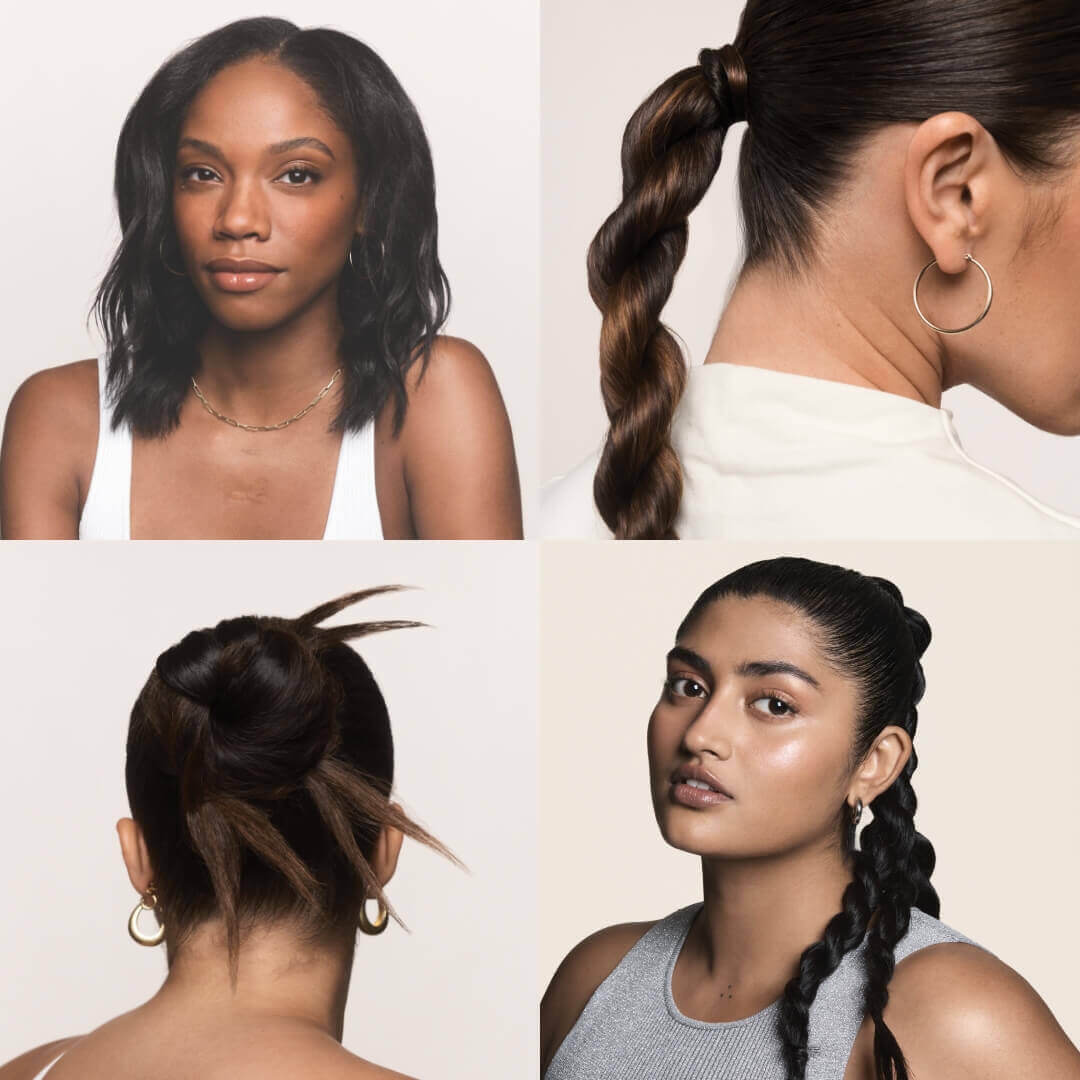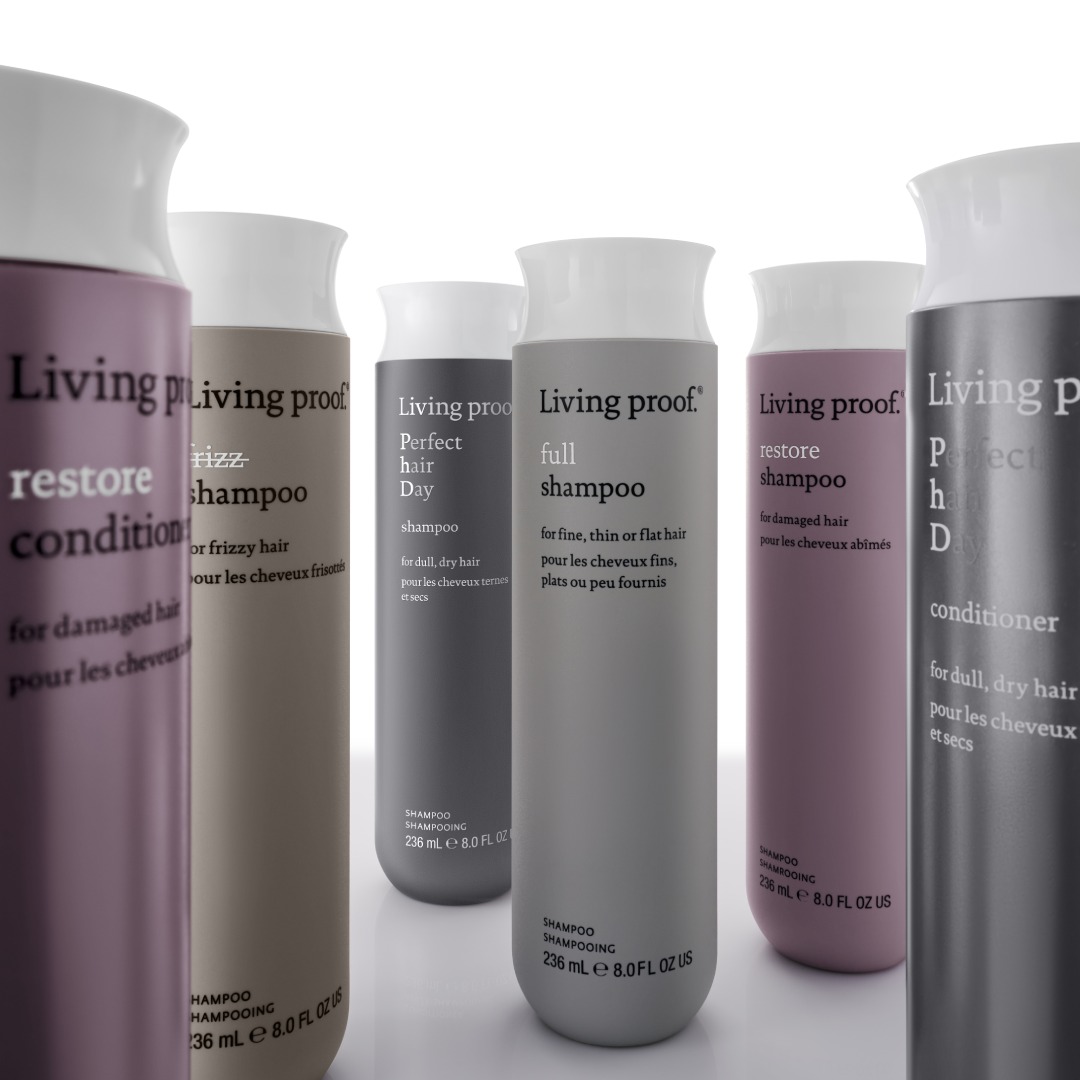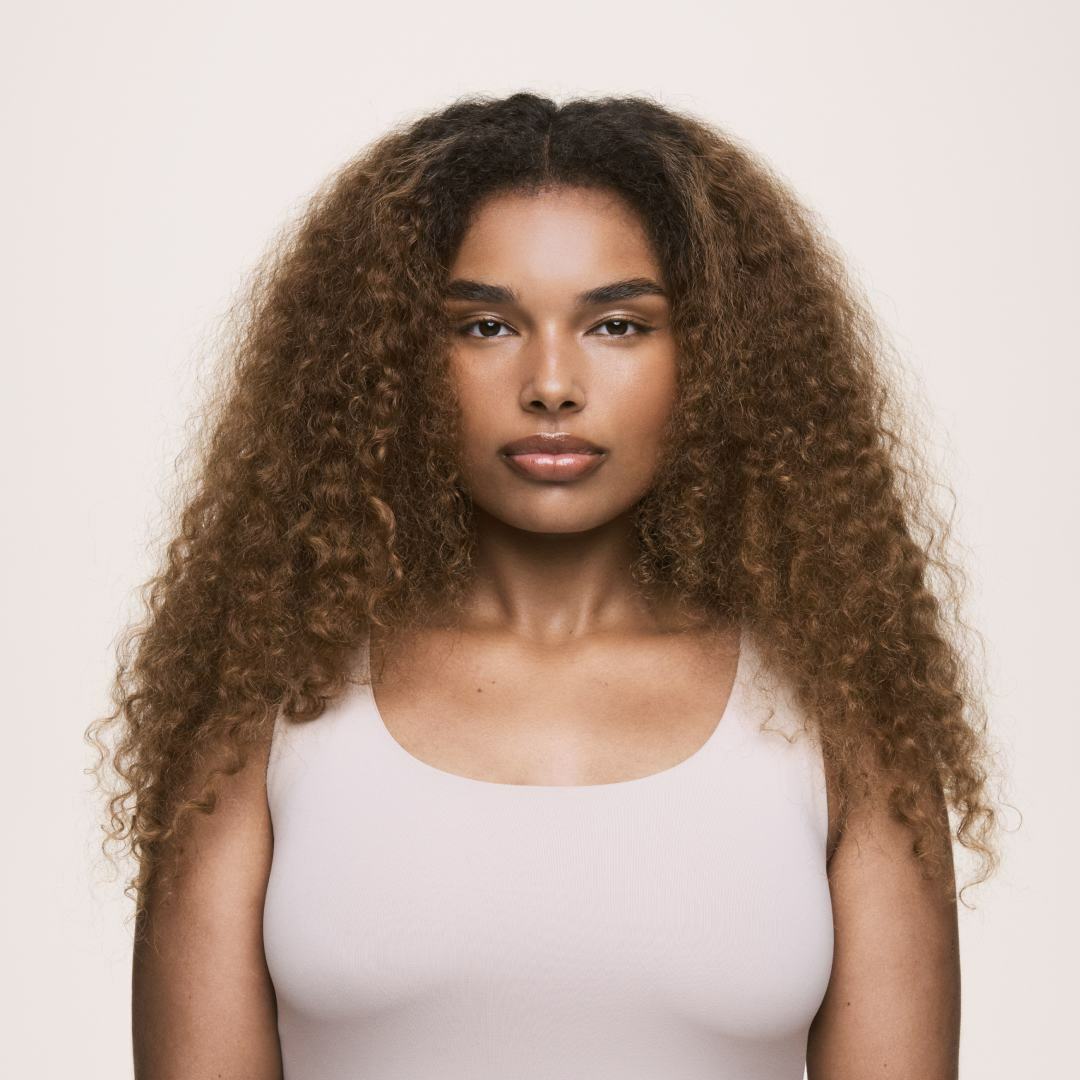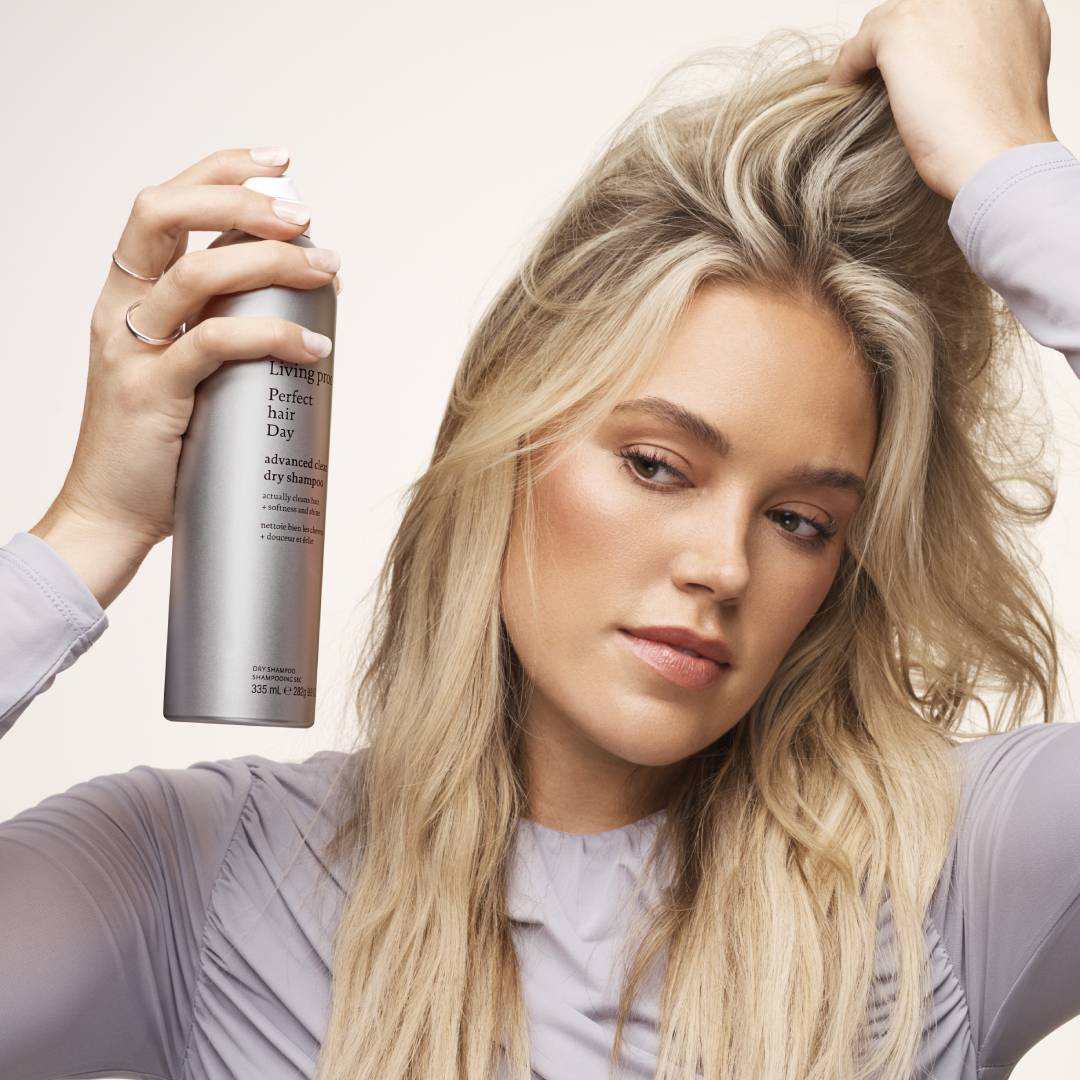.png)
8 Spring Haircare Tips to Round Out Your Routine

As we move from the chilly winter to the warmth of spring, it's important to recognize how haircare needs also shift with the changing seasons. The transitional elements—from indoor heating to outdoor temperatures—can significantly impact hair health, affecting moisture levels, texture, and overall hair vitality. This seasonal shift calls for a spring haircare adjustment to tackle the challenges and seize the advantages of the new season.
In this guide, we walk you through best practices in adapting your spring haircare strategy to keep your hair healthy and looking its best as you adjust to the environmental changes.
How seasonal changes can affect your hair
Each season will affect your hair differently, and spring is no exception. With the arrival of spring, adapting your haircare routine is essential for meeting the specific demands of the season. Let's explore how the changing environment impacts your hair and why adjusting your care approach is crucial.
- Hydration levels: Cold winter air and indoor heating strip moisture from your hair, leading to dryness. Spring’s higher humidity levels can reintroduce moisture, making hair softer and more hydrated.
- Scalp health: The dry conditions of winter can also affect your scalp, causing flakiness and exacerbating dandruff. Spring’s warmer, more humid conditions can soothe the scalp, reducing dryness and irritation.
- Hair shedding: While some evidence suggests that people may experience increased hair shedding in warmer months, it's important to note that factors such as stress, hormonal changes, and even seasonal affective disorder in extreme climates can also influence shedding patterns. This variability means it's not conclusively linked to seasonal changes alone but could align with individual hair growth cycles.
- Frizz control: With spring comes increased humidity, which can cause frizz and make hair challenging to manage, especially for those with curly or textured hair. Integrating anti-frizz products into your routine can help keep hair smooth.
- Color protection: More direct sunlight in spring can cause dyed hair to fade more quickly. Shielding your hair with UV-protective products, such as our Repair Leave-In, and covering up with hats or scarves can extend vibrancy.
8 spring haircare tips to prepare for the new season
Now that you know how seasonal changes impact your hair, here are eight practical spring hair tips to fine-tune your routine.
- Assess your hair’s post-winter condition: Begin by evaluating the health of your hair after winter. Look for signs of dryness, breakage, or weakness. Understanding your hair's current state is crucial before adjusting your haircare routine to ensure effective results.
- Initiate "spring cleaning" for your scalp: Refresh your scalp with detoxifying treatments, such as our Scalp Density Serum. A healthy scalp is the foundation for healthy hair growth, so focus on removing buildup and rejuvenating the scalp area.
- Switch up (some of) your products: Adapt your haircare products to the changing weather. Winter might have required heavier moisturizing products, such as hair masks, to combat dryness. Spring may call for lighter formulations and products that focus on frizz control. While shampoo and conditioner choices should primarily reflect your specific hair needs and health, consider seasonal adjustments for styling and treatment products to match the environmental conditions.
- Incorporate lightweight hydration: Even with spring's increased humidity, don't skip moisturizers. Choose a lightweight option, such as our Healthy Hair Perfector, which hydrates without weighing down your hair.
- Protect your hair from the elements: Spring introduces challenges such as increased humidity, sun exposure, chlorine, and salt water. Use leave-in treatments and UV protectants, like our Restore Perfecting Spray, to shield your hair from these environmental stressors.
- Embrace spring styles and trends: As the weather warms, explore braids, waves, ponytails, and updos. Our products can help you achieve and hold these styles for added comfort and flair.

- Update your wash schedule: When the seasons change, you might need to adjust your washing frequency to match the increased humidity and activity. This balance is the key to maintaining optimal scalp health and hair cleanliness.
- Clear out your haircare stash: Take the opportunity to spring clean your haircare collection, discarding expired or unused products. This refresh ensures you're only using the best on your hair.
Looking to refresh your haircare routine for spring but not sure which products to choose? Start with our Haircare Quiz, designed to match you with the ideal Living Proof solutions for seamless seasonal transitions.
Frequently asked questions
What are the best spring haircare tips for transitioning from winter?
For a smooth shift into spring, lighten up your haircare products with an emphasis on moisture and frizz reduction. Trimming off winter damage and adding deep conditioning treatments can help replenish moisture.
How can I update my haircare routine for spring?
Refreshing your routine for spring involves hydrating washes and conditioners alongside frizz-fighting serums or creams. Shielding hair from the sun with UV-protective products and using clarifying treatments occasionally will keep your hair healthy from outdoor elements.
How do I protect my hair from spring humidity and sun exposure?
To protect against humidity and UV rays, employ products rich in argan oil or silicone to maintain cuticle integrity. Accessories such as hats or scarves, as well as leave-in treatments or UV protectants, offer extra defense.
How often should I wash my hair in the spring season?
Adjusting your hair washing frequency to 2–3 times per week can help tackle sweat, pollutants, and buildup, ensuring your scalp stays healthy. Remember, you may need to modify this to suit your unique lifestyle and hair needs.
Related Articles

Does your hair get used to products? [Why you don’t actually have to swap out your shampoo + conditioner]
Read More
Which conditioner is right for your hair type? [expert advice]
Read More
